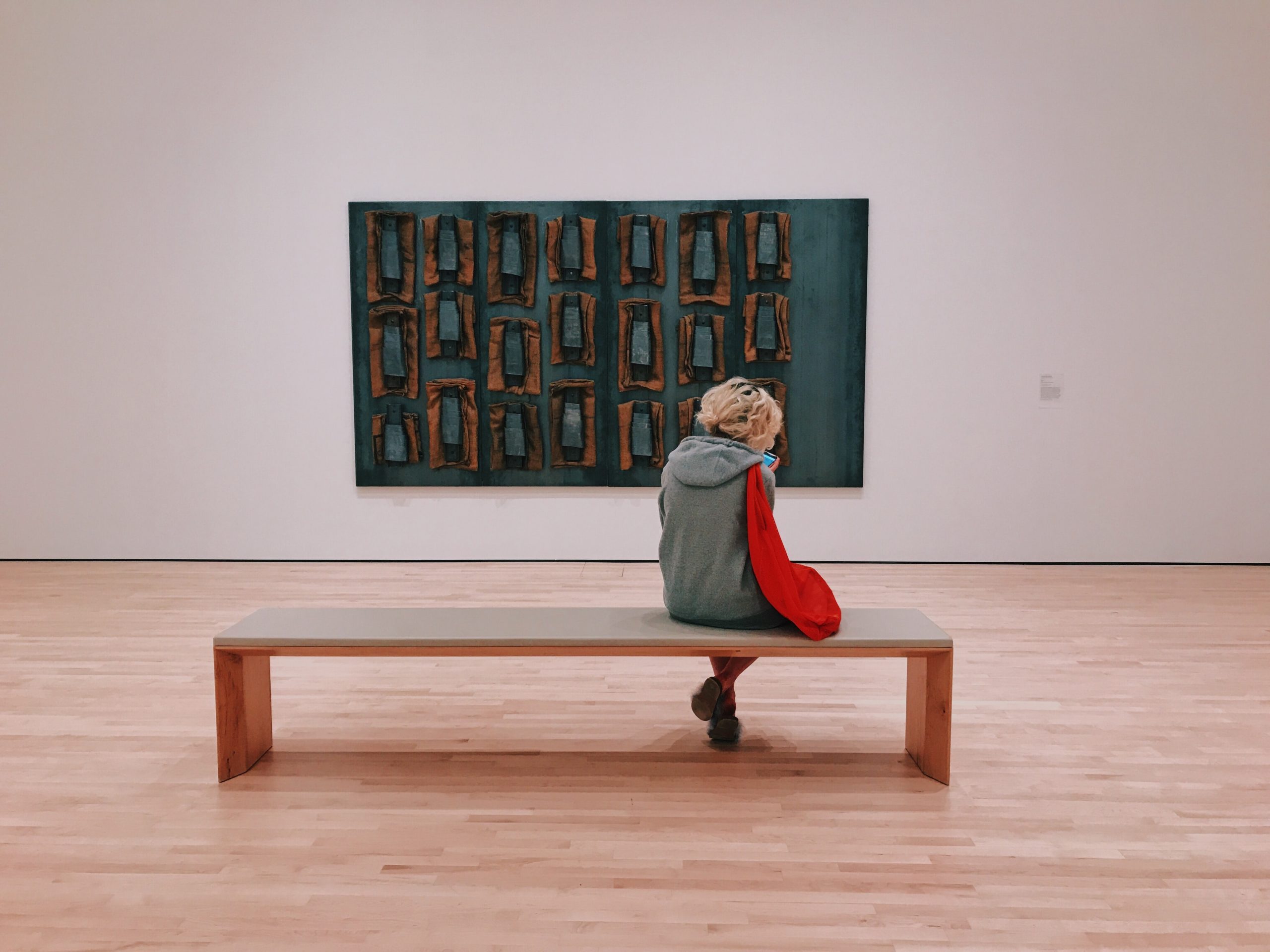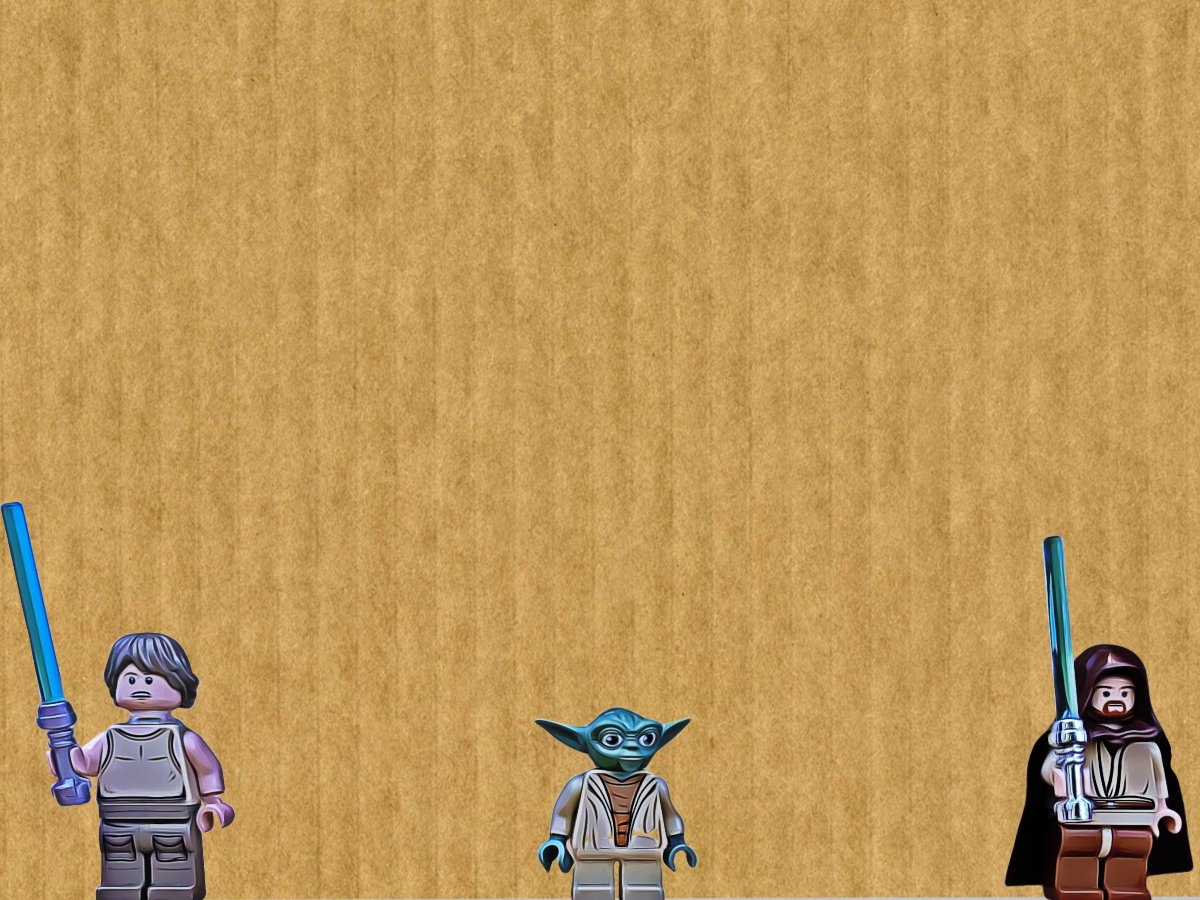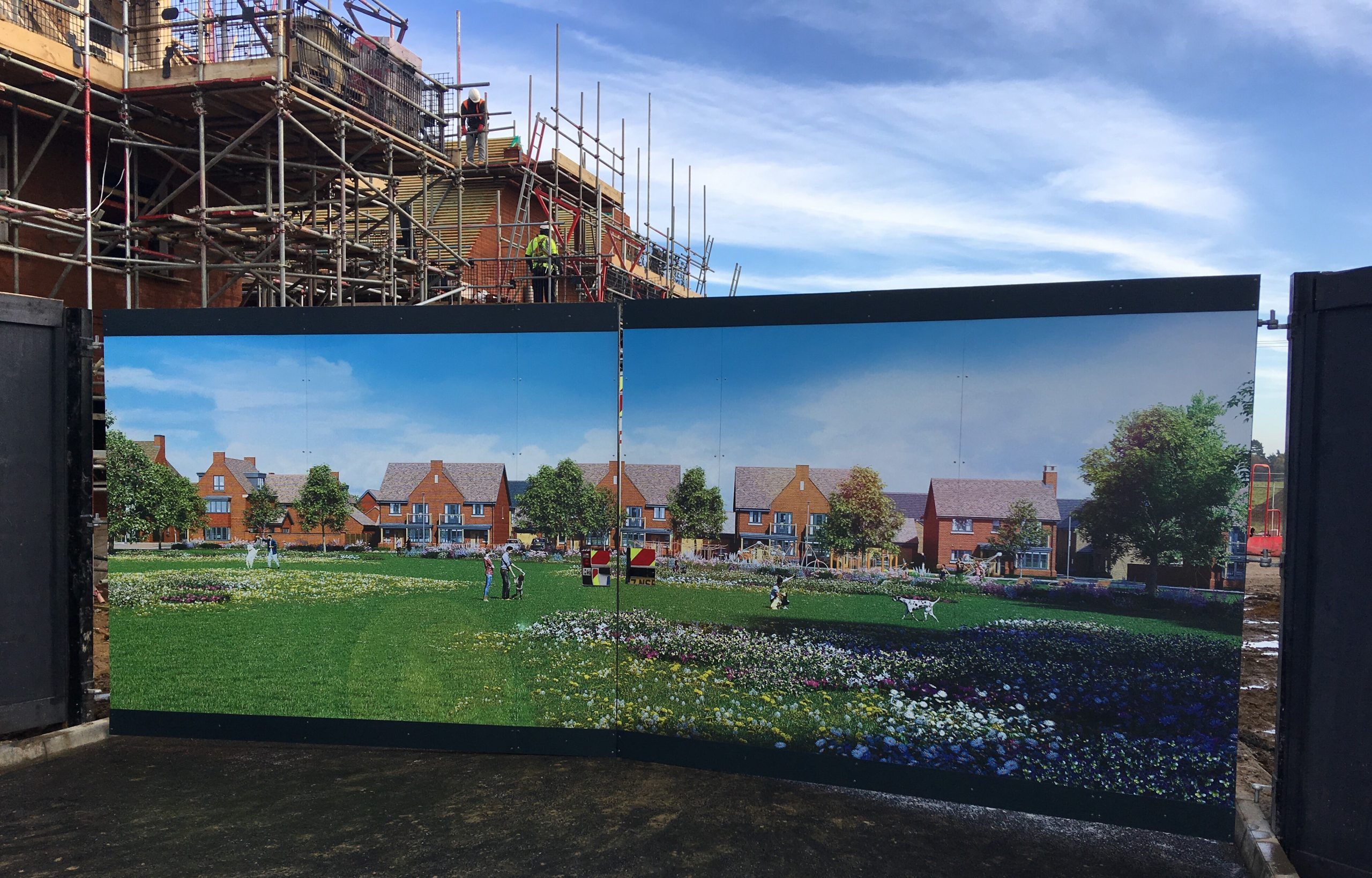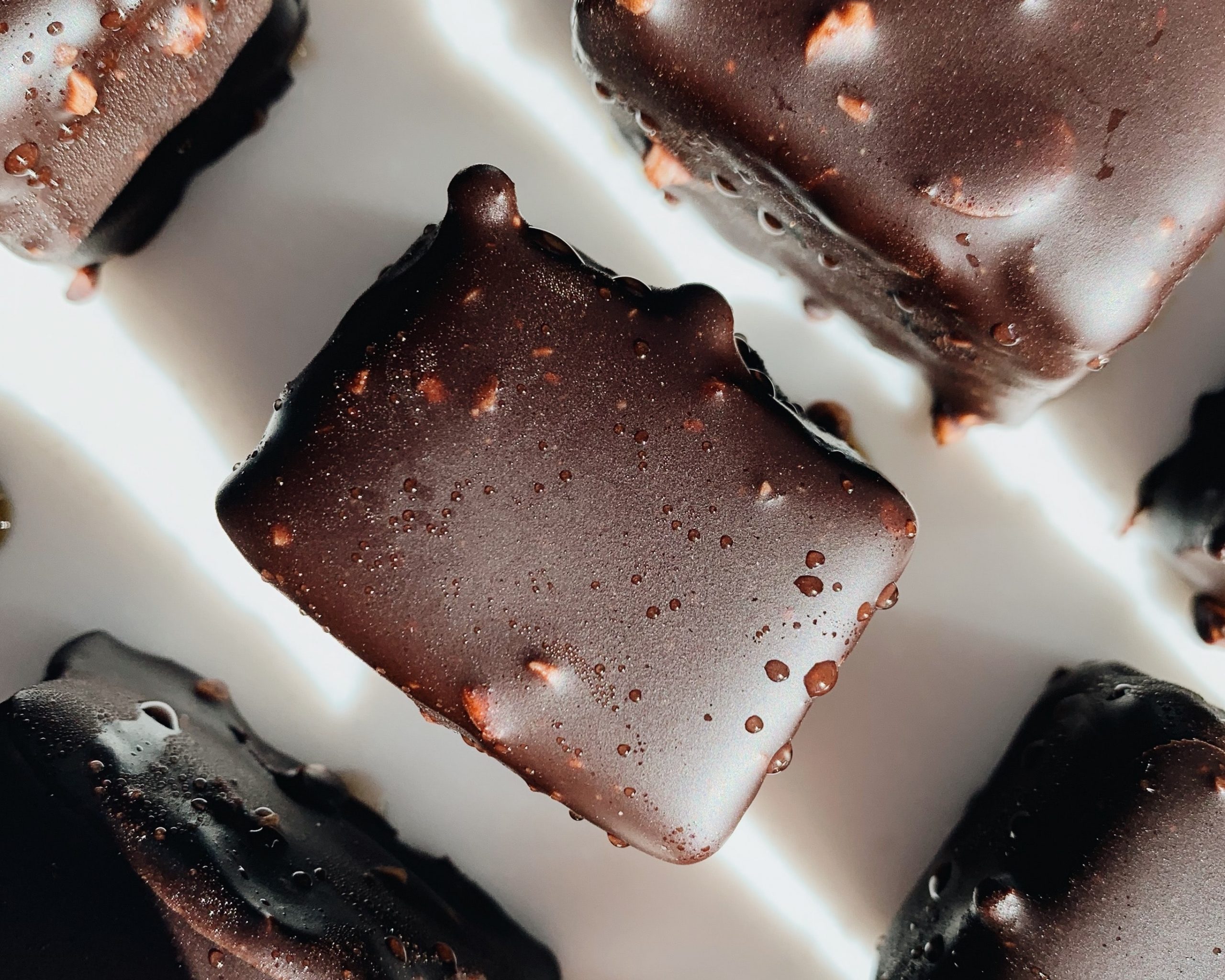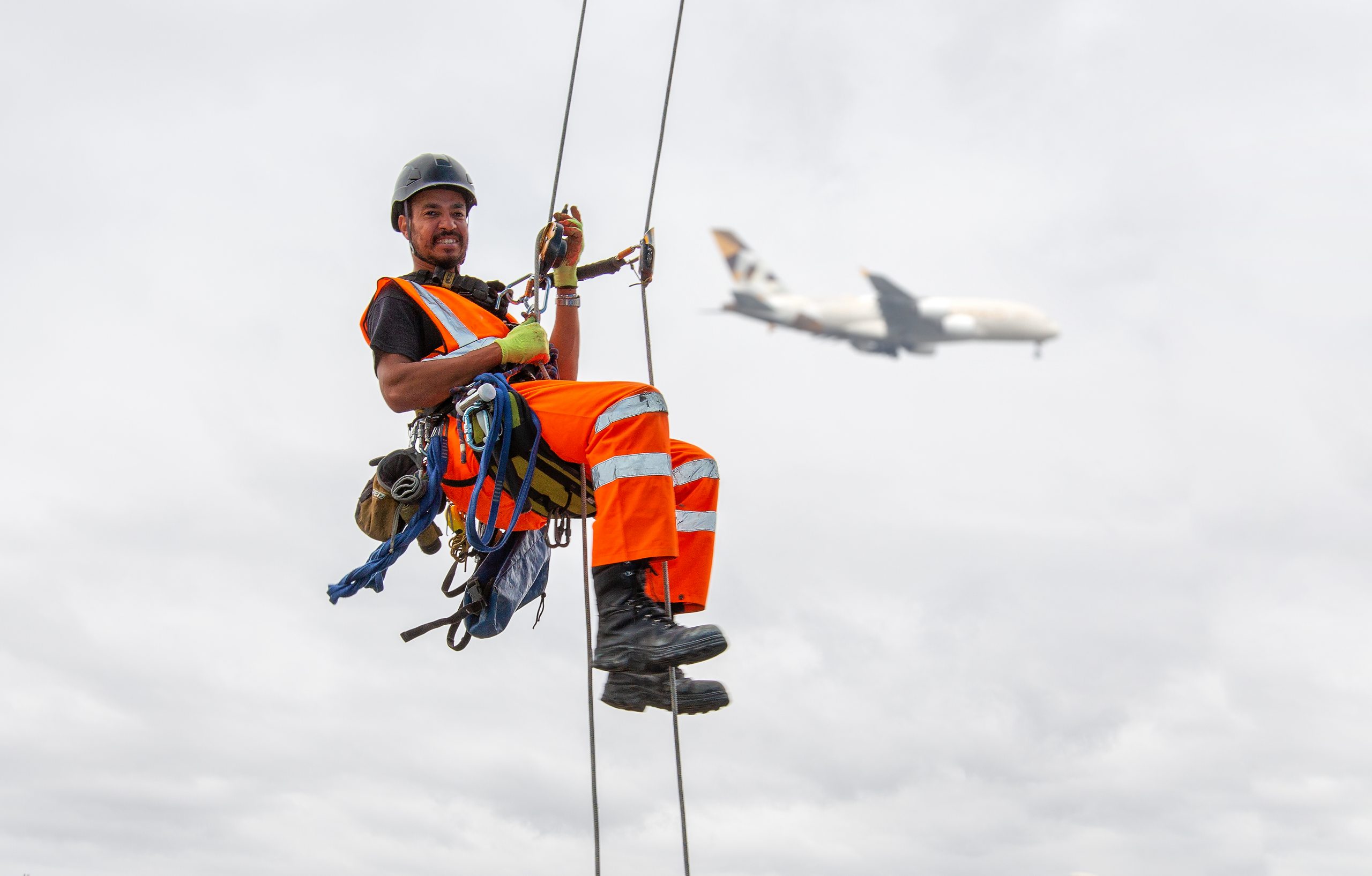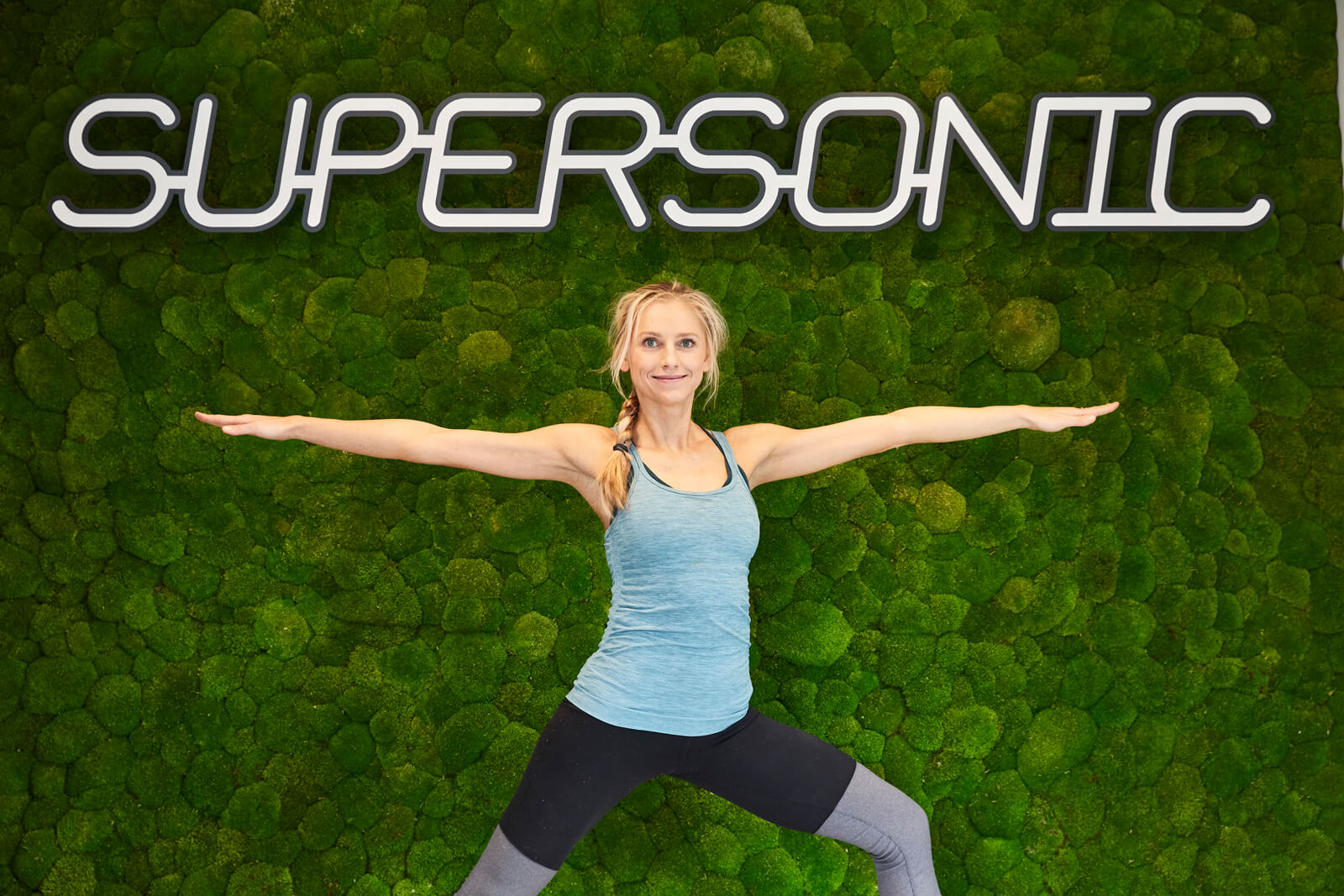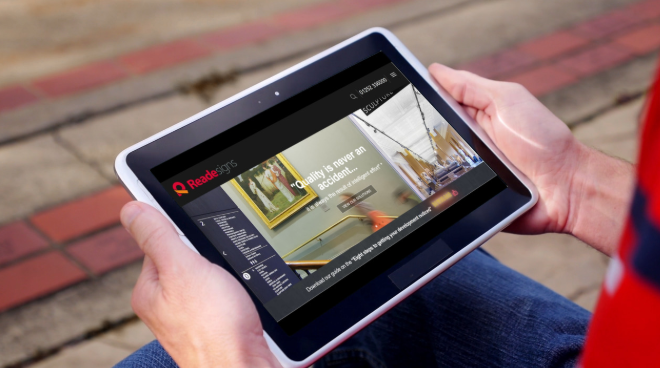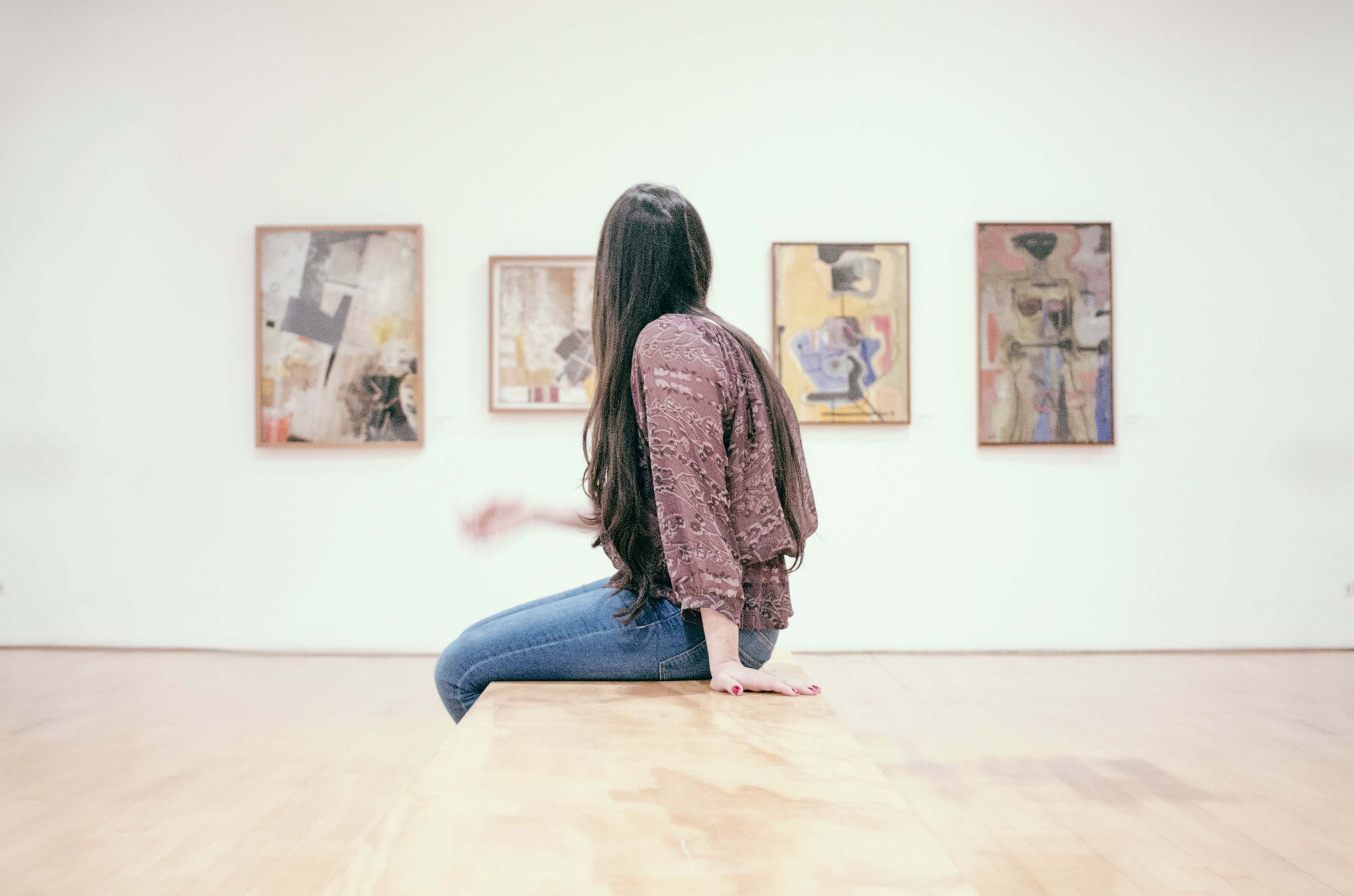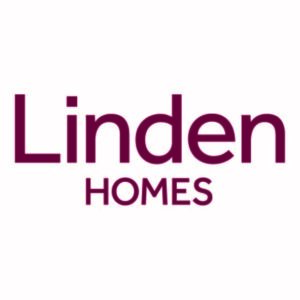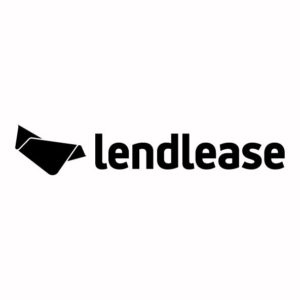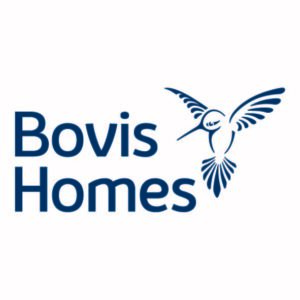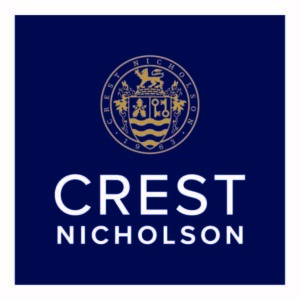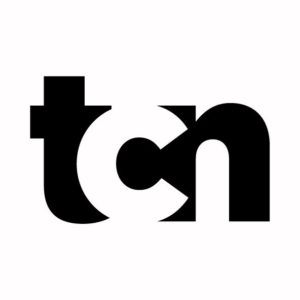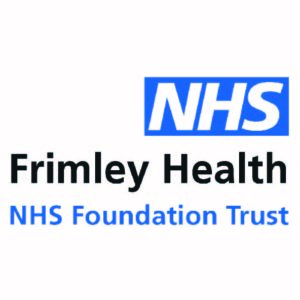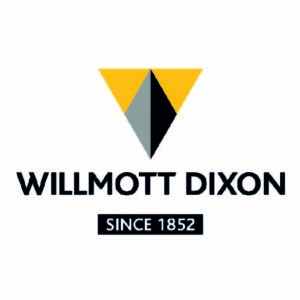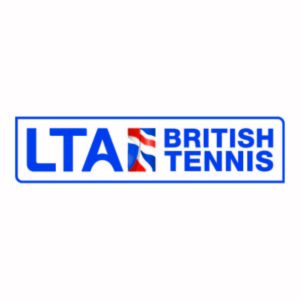A key priority for creative agencies and in-house designers when briefing any type of signage project is accuracy of implementation. Finding a team that you can trust to manage the whole project lifecycle and take away any headaches is fundamental. We regularly work with designers to bring their design vision to life and make sure the end-product is a faithful interpretation of the brief. Here we outline our tried and tested process: 1. Understanding the design brief Interpreting a design and manufacturing it in three dimensional format is a specific discipline. The first step is to fully understand the brief; the type of signage needed, suitable material options and how it could be manufactured to the standard required. This discussion can help our experts advise on any potential colour or material issues. For a designer, it’s often useful to see samples of the different materials and finishes available, look at brand colour schemes and view similar projects. 2. Budget consultancy Based on the brief, the project manager can make recommendations for the signage solution and advise on the budget. Technical knowledge is needed to either select the highest quality materials, or suggest more cost-effective alternatives to suit the budget, while keeping to the designer’s vision. 3. Concept and specification At this stage, we outline how the elements of the project will be fabricated to meet the design intent. A 3D graphic visualisation allows designers to view proximity, heights, colour schemes and all necessary details and helps to flag up any tweaks needed in the design. It can also be used as a basis for a planning permission application if required. Next, the materials are selected with structural integrity, cost or longevity in mind and a quotation will be generated with detail of the size and material selected itemised. 4. Site visit Sometimes we’re sent a set of design sketches or initial graphics, but a site visit gives a true feel for the project, potential limitations or opportunities, and sparks ideas about formats and materials. During the visit, we’ll assess exact requirements, taking the target audience into account. The assessment will cover potential signage locations, substrates and ground conditions for posts and footings and accurate measurements to confirm signage dimensions. The surrounding environment is also an important consideration as site location can be diverse; it’s important to consider elements like anti-graffiti finishes in a city centre, durability in a busy public space or wind-loading calculations on an exposed rural site. If signs are being fitted at height and specialist equipment is needed, a technical survey will highlight any issues like accessibility, power supply, terrain, vehicle access and the structure of the building supporting the sign. This is an opportunity to scan the area for underground services and cables so we can advise the install team about potential hazards. We also consider flora and fauna and ensure we protect the environment where possible when installing. 5. Design and prototyping Accurate interpretation of the design is something we’re fastidious about and we often create prototypes to make sure the designer or client is happy. Sometimes brand colours look different depending on the substrate, so we test this to ensure accuracy. In a recent customer survey, 92% of respondents said we met the requirements of their brief ‘extremely clearly’ or ‘very clearly’: getting the design right through prototyping is key to this. 6. Approval A final PDF visual for client approval is always sent before the manufacturing process begins. These drawings contain dimensions, materials and sometimes an annotated image of the installation location. Once approved, the job will be issued, and the manufacturing begins in line with any timescales identified. 7. Manufacturing We manufacture a large amount of our projects in-house, using our state-of-the-art printing EFI VUTEk LX3 Pro printer and computer numerical controlled routing machines, which are operated by highly trained staff. Some projects require outsourcing to specialists, and we have a wide network of trusted suppliers to cherry-pick from if that’s the case. 8. Installation Ensuring every project is installed safely, securely and will stand the test of time is paramount. Install teams operate in multiple environments; on a construction site, at height, in public spaces or on waterfronts. A risk assessment is always carried out and a method statement provided for approval, which is read and signed by the installation team. On completion, we create a picture database as evidence of every installation, which ensures consistency across multiples sites or if identical signage is needed. We can arrange professional photography to share if required for the designer’s portfolio or marketing materials. Removal and disposal of any temporary signage is also possible. When we work with designers, our priority is helping them deliver the project smoothly for the end client. We can work as part of your team or as a stand-alone preferred supplier. If you have a signage or wayfinding project you’d like to talk to us about, please contact Joanna Goodchild at enquiry@readesigns.com or call 01252 336 000.
